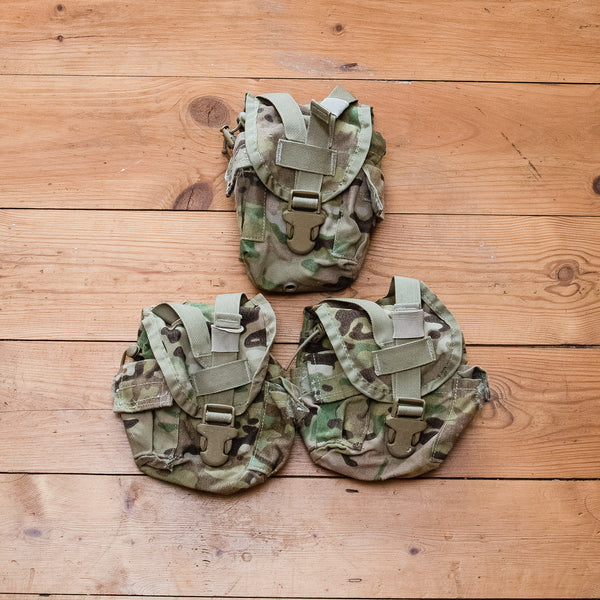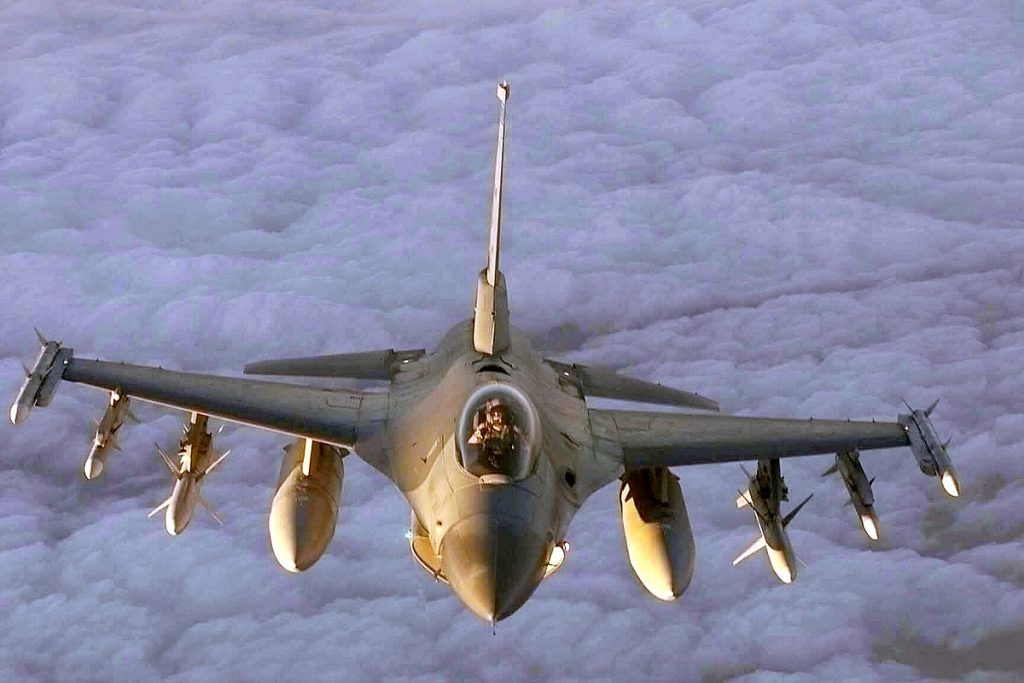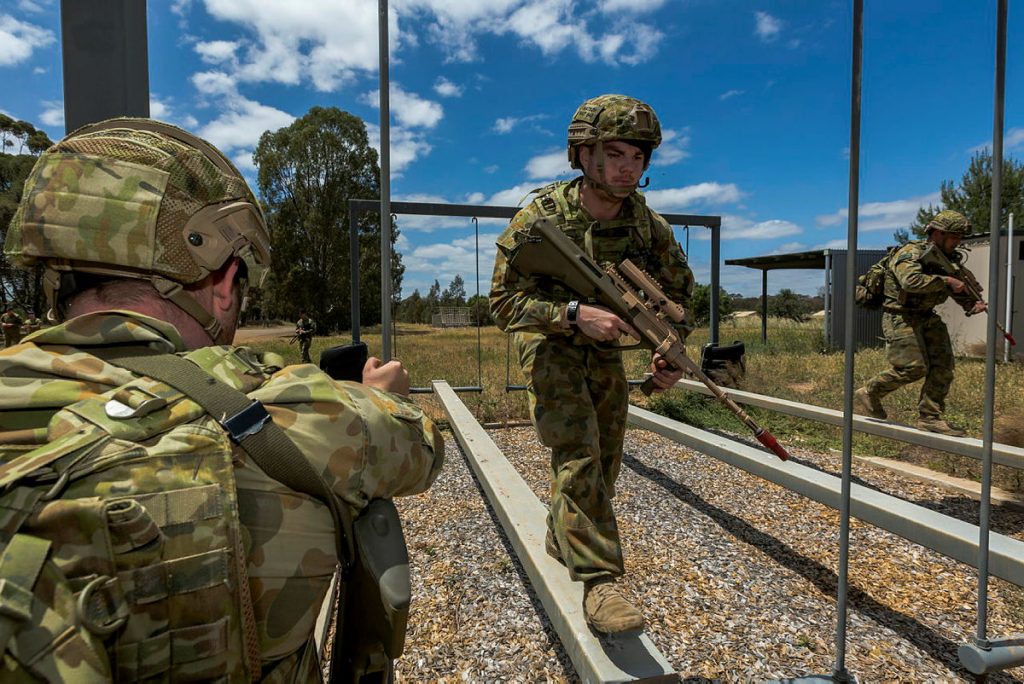There is a high degree of expertise needed to build sophisticated technology, use it in battle, and repair and refill it. This includes the variety of weapons, equipment, structures, and vehicles employed specifically for the purpose of warfare.
Warfare technology can be categorised into a few different groups. While defensive weapons block offensive blows, offensive weapons injure the enemy. Soldiers and weapons are moved by transportation technology, movements of the armed forces are coordinated by communications technology, and forces are detected and guided by sensors.
One other crucial component of defence is a particular military uniform for the battlefield and accessories that all contribute to the soldier performing his or her duties as effectively as possible. And that category will be my focus today.
Types of Military Equipment
Personal Equipment and Accessories

The phrase “military equipment” refers to a wide range of things. However, each of the five military branches uses a number of basic categories of gear that are universal:
Uniforms, GPS trackers, laser target finders, night vision goggles, parachutes, tactical vests, cold weather clothes, battle tents, all-purpose masks, chemical agent detectors, and spotting scopes are some of the items that military members need at all times. Other essentials on the battlefield also include personal first aid kits and mine detectors.
You can fit a lot of this stuff in the traditional and practical multipurpose army pouches as they come with many pockets and compartments. There are also single, double and triple open-top ammo pouches with quick release systems. Such pouches are perfect for the military, cadets, airsoft, and hunting. They come in a variety of colours, including the current army-issue MTP camouflage, olive green, black, and coyote.
You may not think of them as all too important however they’re designed to keep your necessary equipment and personal belongings organised and accessible. The many functions of tactical army pouches on the field make them an essential component of your outfit. They can be used to store food, maps, and medical supplies, and since there are several magazine pouches available, you can customise your kit to suit your individual demands, giving you more time to concentrate on your task.
Weapons
The Armed Forces are equipped with a vast arsenal of weapons. These arsenals are made to disarm occupied vehicles and buildings, stifle hostile positions, and launch long-range attacks against targets. Among the available weapons are squad automatic weapons (SAW), grenade launchers, machine guns, rifles, and improved sniper rifles. Ammunition is additionally included in this category.
Aircraft

Helicopters, fixed-wing aircraft, and unmanned aerial vehicles (UAVs) all fall under this category. Each of these carries out a range of tasks, such as reconnaissance, light transport and supply, search and destroy, and attack, to assist soldiers on the ground. This aircraft frequently has weapons of its own.
Submarines and Ships
The ships designed specifically for the Armed Forces serve as floating headquarters and assist underwater operations.
Combat Vehicles
Tanks and fighting vehicles, such as the M1 Abrams, the Army’s primary combat tank, and the Ground Mobility Vehicle (GMV) used by Special Forces. These were made with the purpose of carrying infantry and supplying firepower. They can resist explosions, have thick armour, and can quickly deploy troops.
Support Vehicles
These non-combat vehicles transport soldiers and supplies between various places, such as the Heavy Expanded Mobility Tactical Truck (HEMTT). Support vehicles can tow anything from M1 Abrams tanks to payload trailers and are incredibly robust and nimble.
Technology
Certain electronics and software are commonly found in military technologies, such as walkie-talkies, GPS, or a dismounted situational awareness system for leaders used in combat. All of these tools improve a person’s capacity to carry out necessary activities throughout daily operations and to survive potentially fatal situations.
Dress Manual for Physical Training of Australian Soldiers

Military members of an organised body who participate in physical training (PT) are required to dress according to the following uniform standards:
Depending on the activity being carried out as instructed, it’s required to wear a green T-shirt, an Army-logo green T-shirt, or a unit-approved T-shirt. Another acceptable top (not a singlet or muscle shirt) that provides the individual with adequate protection, including the torso, arms, and elbows, can also be used so feel free to pack some up in your chosen army pouches. It is forbidden to wear combat or battle PT attire in public unless you are participating in scheduled PT sessions.
When AMCU requires running shoes, wearing PT socks in either white or black or khaki is acceptable. When body armour is not being worn, the AMCU Combat shirt is not permitted to be worn during PT or Battle PT.
For the recognised sports, teams may wear uniforms that adhere to the accepted standard. Climate conditions should be taken into account, including indoor/outdoor activities. Members participating in authorised team/contact sports must wear mouthguards and all required safety equipment, including sun protection.
Male members are allowed to dress in basic black, navy blue, or dark green shorts for water sports (along with bathing suits or underwear) when engaging in scheduled water sports or PT sessions. For sun protection, wear a simple black, navy blue, or dark green “rash shirt” or an equivalent. Board shorts, bathing suits, or any other sort of clothing with multiple colours, patterns, or designs is not permitted.
























